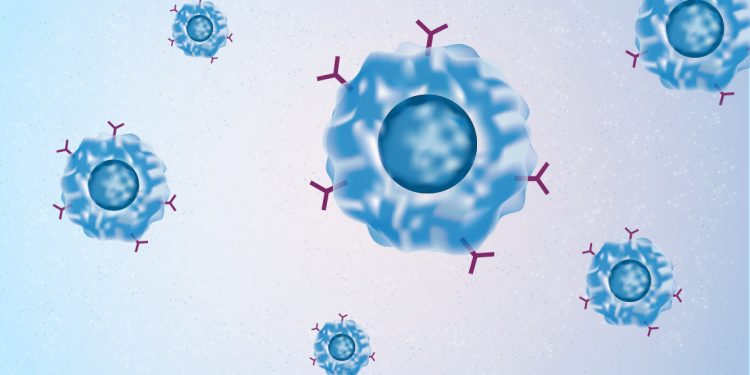
Monitoring CAR T-Cell Therapy Quality with Droplet Digital PCR

CDMOs Drive Cell and Gene Therapy from Behind the Scenes

Expert Coffee Chats: Coffee Chat #4 – Droplet Digital PCR in Cell and Gene Therapy
Presented by: Matthew L. Turner, PhD, Field Application Scientist – ddPCR, NGC and qPCR, Tara Ellison, PhD, Senior Field Application Scientist
Date: June 17, 2020
Time: 9 AM, U.S. Pacific time
- Robust methodology for viral titer using ddPCR
- Precise copy number determination & improved confidence in acceptance criteria
- Enhance your throughput and minimize hands-on time
- Learn how ddPCR is used in other key applications


